Estimated reading time: 5 minutes
With just a handful of simple ingredients and a touch of patience, you'll nurture a living culture that will become the heart and soul of countless delicious creations. Whether you're a seasoned bread enthusiast or a budding home baker, this guide will walk you through the steps to cultivate your own sourdough starter, setting the stage for a world of artisanal bread and beyond. Get ready to infuse your kitchen with the delightful aroma of sourdough!
Table of contents
- Mastering the Art of Sourdough Starter: A Classic Recipe Guide
- The Rich History of Sourdough:
- What are the health benefits of sourdough?
- Sourdough Starter Recipe:
- Ingredients:
- Instructions:
- Kitchen Tools You'll Need:
- Tips for Recipe Success:
- Customization and Variations:
- Diet and Lifestyle Friendly:
- Serving Occasions:
- Suggested Recipes and Meal Ideas:
- Final Thoughts:
Mastering the Art of Sourdough Starter: A Classic Recipe Guide
We're diving deep into the history, preparation, and versatility of the classic Sourdough Starter. Whether you're a seasoned baker or just starting your culinary journey, this timeless recipe will leave your taste buds tingling with its tangy goodness.
The Rich History of Sourdough:
Sourdough bread and its starter have a history as rich and complex as their flavors. Originating around 1500 BC in ancient Egypt, sourdough quickly became a staple for civilizations throughout history. From the Gold Rush in the 1800s to the trenches of World War I, sourdough was a reliable source of nourishment and comfort. Today, it's a symbol of artisanal baking and timeless tradition.
What are the health benefits of sourdough?
Sourdough bread, made from naturally fermented dough, offers several potential health benefits when compared to conventionally leavened bread. While individual experiences may vary, here are some of the potential health advantages of sourdough:
- 1. Improved Digestibility: Sourdough fermentation breaks down gluten and phytic acid, which can make the bread easier to digest for some individuals. This can be especially beneficial for people with mild gluten sensitivities.
- 2. Lower Glycemic Index: Sourdough bread often has a lower glycemic index compared to bread made with commercial yeast. This means it can lead to slower, more stable blood sugar levels, making it a better choice for some people with diabetes.
- 3. Enhanced Nutrient Absorption: The fermentation process in sourdough can increase the bioavailability of certain nutrients like iron, magnesium, and zinc by reducing the phytic acid content that can inhibit their absorption.
- 4. Prebiotic Effects: The natural fermentation of sourdough encourages the growth of beneficial gut bacteria. These probiotics can contribute to a healthier digestive system and potentially boost overall well-being.
- 5. Reduced Gluten Content: While sourdough bread is not gluten-free, the fermentation process can partially break down gluten, making it more tolerable for some individuals with mild gluten sensitivities. However, it is not suitable for those with celiac disease.
- 6. Richer Flavor Profile: Sourdough's long fermentation process contributes to a distinct and robust flavor, which can make it a more satisfying and enjoyable option for those seeking a unique taste experience.
- 7. Longer Shelf Life: Sourdough's natural acidity can help extend the shelf life of the bread without the need for preservatives or additives.
It's important to note that individual responses to sourdough bread can vary, and not everyone will experience these benefits. Furthermore, sourdough bread can still contain carbohydrates and calories, so portion control is advisable, especially for those managing their weight or blood sugar levels. If you have specific dietary concerns or health conditions, it's always a good idea to consult with a healthcare professional or nutritionist before making significant changes to your diet.
Sourdough Starter Recipe:
Ingredients:
- 1 cup all-purpose flour
- 1 cup lukewarm water
- ½ cup active sourdough starter (see the recipe card for affiliate links)
Instructions:
- In a glass or plastic container, combine the flour and water, mixing until you achieve a smooth consistency.
- Add the active sourdough starter to the mixture and stir well.
- Cover the container loosely with a lid or cloth and let it sit at room temperature for 24 hours.
- After 24 hours, your starter should be bubbly and ready to use. If not, continue feeding it daily until it is active.
Kitchen Tools You'll Need:
- Glass or plastic container with lid
- Measuring cups and spoons
- Mixing spoon
- Kitchen scale (optional)
Tips for Recipe Success:
- Use filtered water to prevent chlorine from inhibiting fermentation.
- Maintain a consistent room temperature between 70-75°F (21-24°C) for best results.
- Patience is key; it may take a few days for your starter to become fully active.
- Feed your starter regularly, even when not in use, to keep it healthy.
Customization and Variations:
- Whole Wheat Sourdough Starter: Substitute half or all of the all-purpose flour with whole wheat flour for a nuttier flavor.
- Rye Sourdough Starter: Use rye flour instead of all-purpose for a distinctive taste.
- Herb-infused Sourdough Starter: Add chopped herbs like rosemary or thyme for a savory twist.
- Sweet Sourdough Starter: Incorporate honey or sugar for a touch of sweetness.
Diet and Lifestyle Friendly:
- Vegetarian
- Vegan (if you use a vegan starter)
- Dairy-free
- Nut-free
- Low-fat
Serving Occasions:
- Family brunch
- Picnics
- Potlucks
- Special breakfasts
- Romantic dinners
Suggested Recipes and Meal Ideas:
- Classic Sourdough Bread: Use your starter to create artisanal loaves with that signature sourdough tang.
- Sourdough Pancakes: Fluffy and tangy, these pancakes are perfect for a weekend breakfast.
- Sourdough Pizza Crust: Achieve a crisp and flavorful pizza base.
- Sourdough Discard Crackers: Don't waste any starter – turn it into crunchy snacks.
- Sourdough Sandwiches: Elevate your lunch with a delicious homemade sourdough sandwich.
Final Thoughts:
The classic Sourdough Starter is more than just a recipe; it's a connection to centuries of culinary tradition. With the right tools, tips, and a dash of creativity, you can master this timeless art and explore its endless possibilities. So, roll up your sleeves, get your starter bubbling, and let the aroma of freshly baked sourdough fill your home. Enjoy!
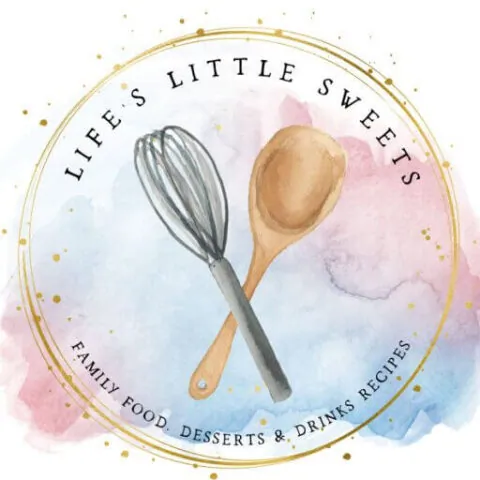
Sourdough Starter
Indulge in the time-honored craft of Sourdough Starter and discover the secrets of a living, tangy culture that has captivated bakers for centuries. Uncover the rich history, follow our foolproof recipe, and embark on a journey of fermentation and flavor. Whether you're a novice or a seasoned baker, this classic recipe is your gateway to artisanal bread and an array of delectable creations. Get ready to savor the unmistakable taste of tradition and embark on a culinary adventure that transcends generations.
Ingredients
- 1 cup all-purpose flour
- 1 cup lukewarm water
- ½ cup active sourdough starter
Instructions
- In a glass or plastic container, combine the flour and water, mixing until you achieve a smooth consistency.
- Add the active sourdough starter to the mixture and stir well.
- Cover the container loosely with a lid or cloth and let it sit at room temperature for 24 hours.
- After 24 hours, your starter should be bubbly and ready to use. If not, continue feeding it daily until it is active.
Notes
Kitchen Tools You'll Need:
- Glass or plastic container with lid
- Measuring cups and spoons
- Mixing spoon
- Kitchen scale (optional)
Tips for Recipe Success:
- Use filtered water to prevent chlorine from inhibiting fermentation.
- Maintain a consistent room temperature between 70-75°F (21-24°C) for best results.
- Patience is key; it may take a few days for your starter to become fully active.
- Feed your starter regularly, even when not in use, to keep it healthy.
What is the recipe yield?: This sourdough starter recipe yields approximately 2 cups of active sourdough starter.
How many servings does this recipe make?: As stated above, the Sourdough Starter recipe typically yields approximately 2 cups of active sourdough starter. The number of servings depends on how you plan to use it in your recipes. As a reference, 1 cup of active sourdough starter can be considered roughly equivalent to one serving when used in sourdough bread recipes. However, for recipes like pancakes or pizza dough, the number of servings can vary widely based on the specific recipe and your desired portion size.
Customization and Variations:
- Whole Wheat Sourdough Starter: Substitute half or all of the all-purpose flour with whole wheat flour for a nuttier flavor.
- Rye Sourdough Starter: Use rye flour instead of all-purpose for a distinctive taste.
- Herb-infused Sourdough Starter: Add chopped herbs like rosemary or thyme for a savory twist.
- Sweet Sourdough Starter: Incorporate honey or sugar for a touch of sweetness.
Recommended Products
As an Amazon Associate and member of other affiliate programs, I earn from qualifying purchases. #CommissionsEarned #ad
-
Pyrex Prepware 2-Cup Measuring Cup, Red Graphics, Clear
-
Homestia Stainless Steel Measuring Cups and Spoons Set of 8 Pcs Baking Cooking Utensils with Measurement for Dry and Liquid Ingredients, Black
-
Creative Co-Op Floral Hand Stamped Stoneware Measuring Cups (Set of 4 Sizes/Designs)
-
Breadtopia Fresh Sourdough Starter | Non-GMO, Heirloom & Organic | Our Sour Dough Starter is Active & Ready to Go | Sourdough Starters for Home Made Bread Sourdough | Easy to Use Bread Starter Culture
-
KneadAce Pro Sourdough Bread Starter Kit - 34 oz Large Capacity Sourdough Starter Jar with 5 unique features for the perfect sour dough bread & sourdough starter kit - sourdough bread baking supplies
Nutrition Information:
Yield: 1 Serving Size: 1Amount Per Serving: Calories: 671Total Fat: 2gSaturated Fat: 0gTrans Fat: 0gUnsaturated Fat: 1gCholesterol: 0mgSodium: 16mgCarbohydrates: 141gFiber: 7gSugar: 1gProtein: 20g
Please note that the Calculated Nutrition is an estimate at best. If you make this recipe and love it, remember to stop back and give it a 5-star rating – it helps others find the recipe!
- First published: 9/16/2023
- Dandelion Jelly - April 22, 2024
- Nordy Bars - April 14, 2024
- Hot Cross Buns - April 6, 2024


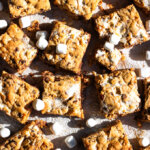


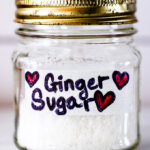
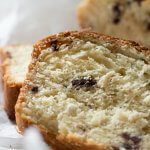



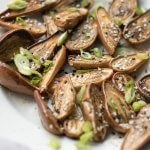

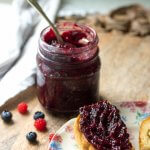






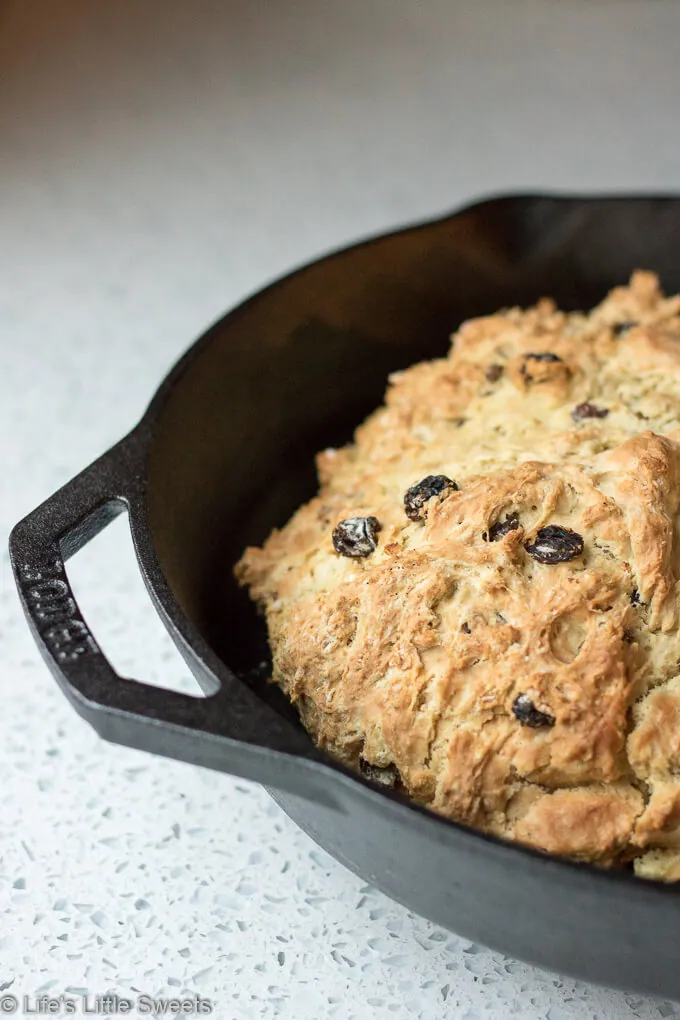
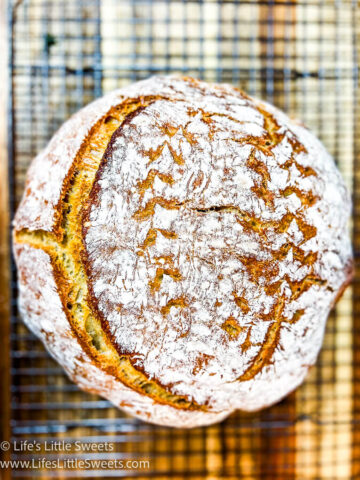
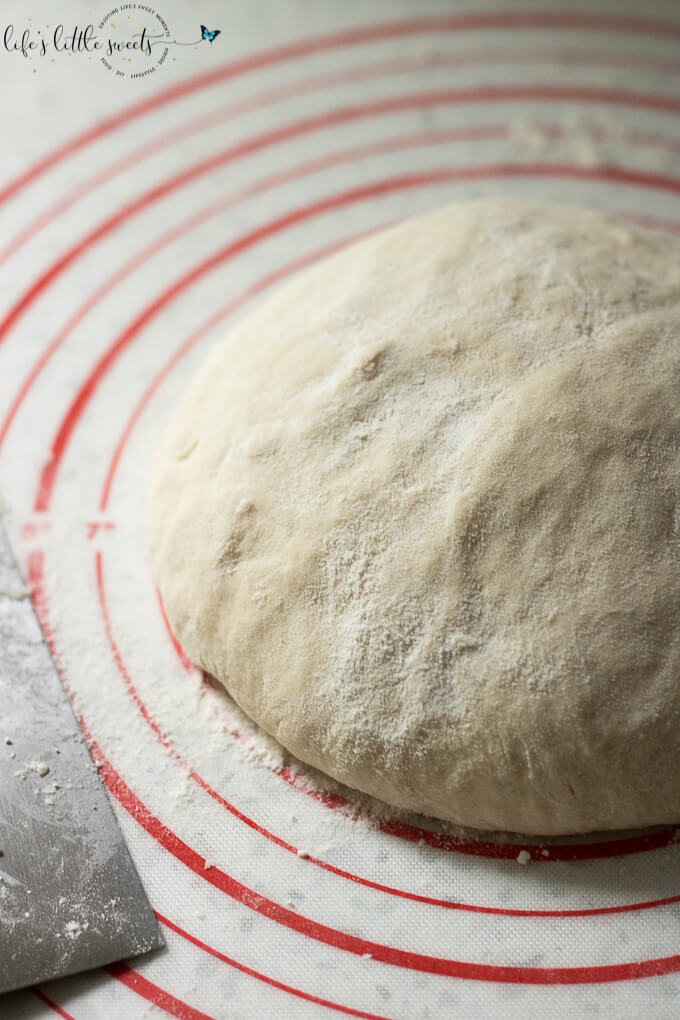
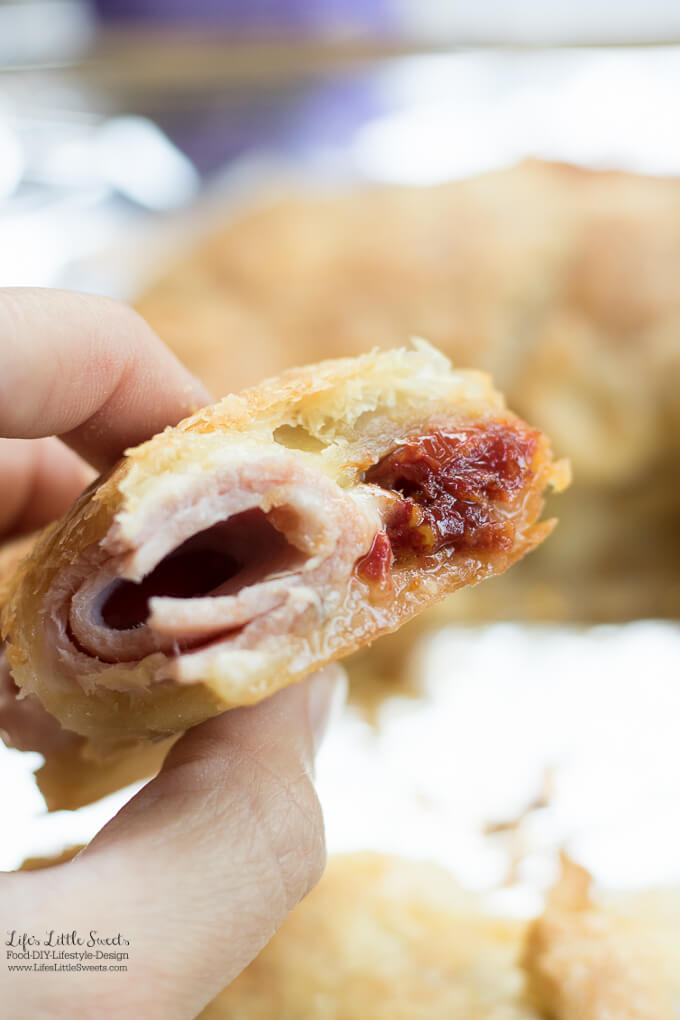
Leave a Reply